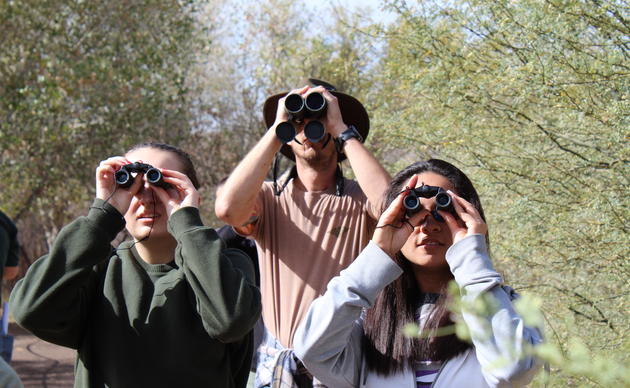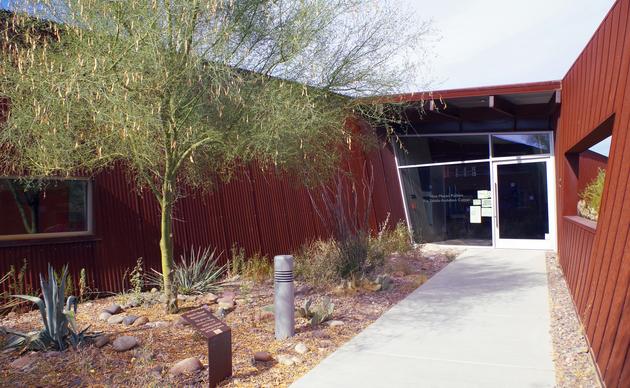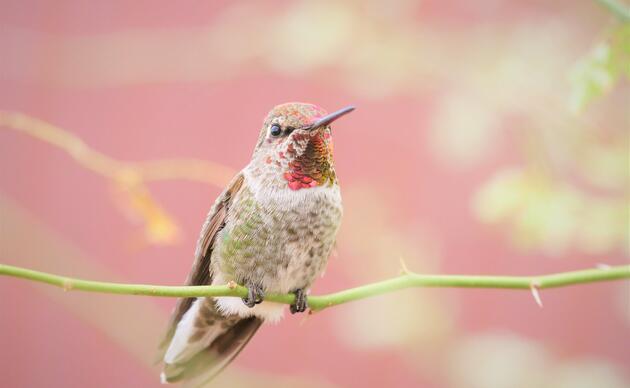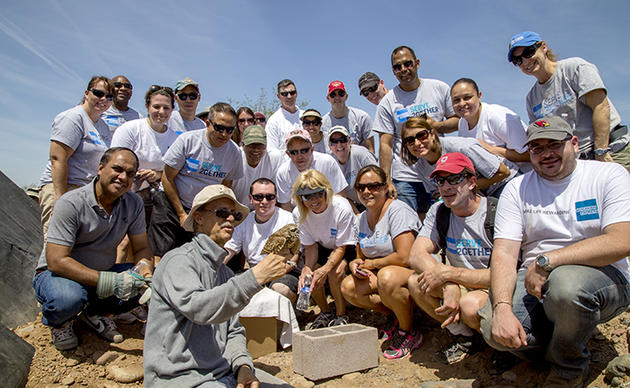Plants that Attract Hummingbirds
The Plight of the Hummingbird
Did you know that some hummingbirds migrate enormous distances every year, following the cycles of the flowers and insects they depend upon for food? These little hummers fly from as far south as Central America to as far north as Canada and Alaska. On their way, they may pause in your yard, looking for a safe place to eat and rest.
Hummingbirds are part of a network of pollinators that account for the propagation and survival of 75% of flowering plants. A full one third of the food we harvest depends on pollinators. Hummingbirds and other migratory birds also contribute additional essential services of controlling insect populations, dispersing seeds, and providing the aesthetic and emotional benefits we all enjoy. But the populations of pollinators and migratory birds are in decline due to the loss of habitat as a result of urban development.
Things You Can Do to Help
You can help improve the lives of hummingbirds and other migratory birds with a few simple actions:
· Plant native species to provide food, nesting places, and shelter for birds. Hummingbirds are especially attracted to the native plants listed below.
· Reduce or eliminate pesticide use by choosing less toxic alternatives. Click here for more information.
· Keep cats indoors at all times. It’s estimated that free-roaming cats kill hundreds of millions of birds every year. In addition, outdoor cats lead considerably shorter lives on average than cats kept exclusively indoors. Click here for more information.
Native Low-Water Plants That Attract Hummingbirds
|
Autumn Sage (Salvia greggii) |
|
|
|
Chuparosa (Justicia californica) |
|
|
|
Desert Willow (Chilopsis linearis) |
|
|
|
Fairy Duster (Calliandra species) |
|
|
|
Ocotillo (Fourquieria splendens) |
|
|
|
Penstemon (Penstemon species) |
|
|
Download a brochure of this information here.
Descriptions from Gardening in Tucson.
Visit Gardening in Tucson: The Hummingbird Garden for more great plants for hummingbirds and tips for a successful hummingbird garden.
And for more inspiration, take a trip to local native habitats at:
· Rio Salado Audubon Center – 3131 S Central Ave, south of I-17
· Desert Botanical Gardens – 1201 N Galvin Pkwy, south of McDowell
· Tres Rios Wetlands – 91st Ave and Baseline
The Rio Salado Audubon Center’s Audubon at Home website is the result of a partnership between the City of Phoenix and Audubon Arizona as part of the U.S. Fish and Wildlife Service’s Urban Conservation Treaty for Migratory Birds.
Full funding for this program is supported by a Grant Agreement from the U.S. Department of the Interior, Fish and Wildlife Service. Mention of trade names or commercial products does not constitute their endorsement by the U.S. Government.
How you can help, right now
Donate to Audubon Southwest
Donate to save birds and educate the conservation leaders of tomorrow.
Join us for free guided bird walks
Free guided bird walks - Every first and third Saturday from 8 a.m. to 9 a.m. Please meet inside the center 5-10 minutes before departure time. Read more details here.
Sign up to volunteer with us!
Help restore environments or build habitat for displaced Burrowing Owls. Click here for more information.




